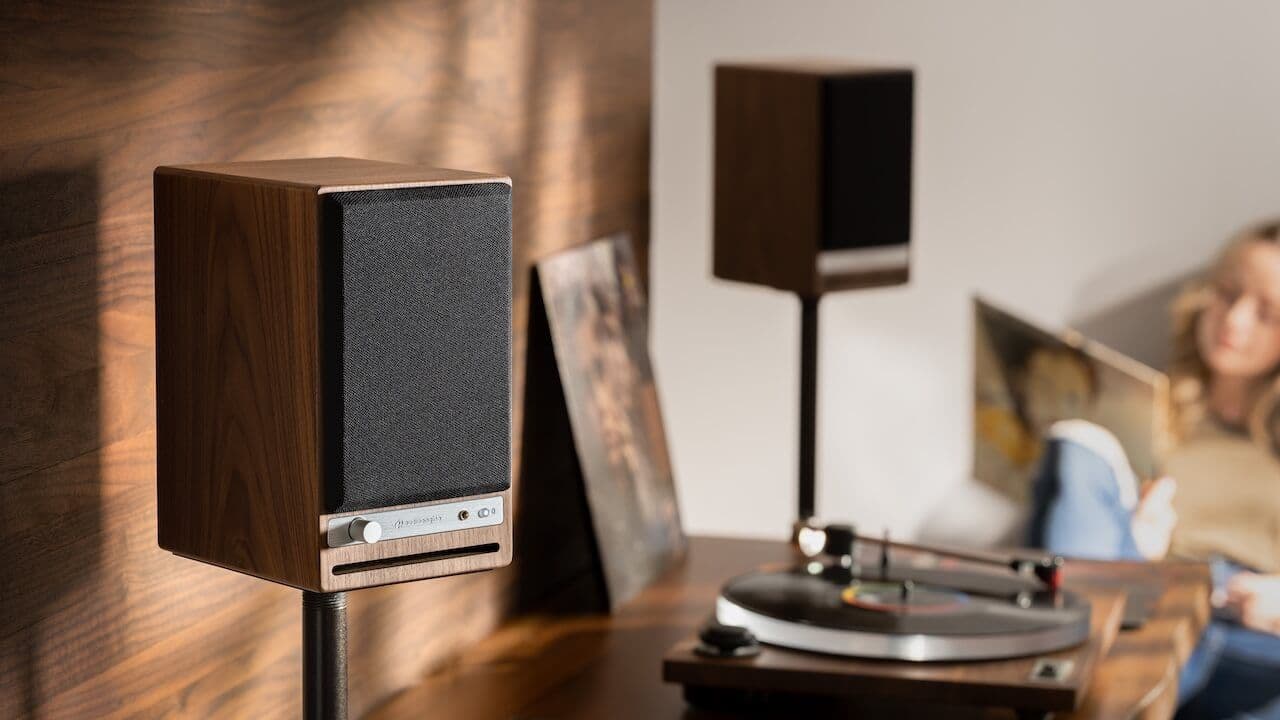At TED2025, Google unveiled its first smartglasses prototype, marking a decade since the original Google Glass was discontinued. These new glasses feature an in-lens display that shows notes directly to the wearer, enhancing hands-free information access. The design integrates a built-in camera capable of recognizing and translating text in real-time, leveraging advanced image processing to deliver clear and accurate translations.
Central to the functionality of the smartglasses is Google's AI model, Gemini, which analyzes captured text and provides contextual answers to user queries. This integration of AI allows for a more interactive and intuitive user experience, enabling seamless interaction with augmented reality environments. The glasses are built on the Android XR platform, ensuring compatibility and flexibility within the existing Android ecosystem.
Google demonstrated the prototype's capabilities, highlighting its compatibility with Samsung's XR headsets tested earlier this year. This collaboration suggests that Google may either launch its own device or serve as a foundational technology for partners' smartglasses offerings. The use of Android XR indicates a robust and scalable platform, potentially accelerating development and adoption in the competitive AR market.
Despite the technological advancements, key challenges remain in terms of accessibility and societal acceptance. The success of these smartglasses will depend on their ability to integrate smoothly into everyday life without imposing significant barriers to entry. As Google re-enters the smartglasses arena, the industry and enthusiasts alike will be closely watching how these prototypes evolve to meet both technical standards and user expectations.
The introduction of Google's latest smartglasses signals a renewed commitment to augmented reality, combining innovative hardware with sophisticated AI capabilities. As the AR landscape continues to expand, these developments position Google to potentially redefine the future of wearable technology.










